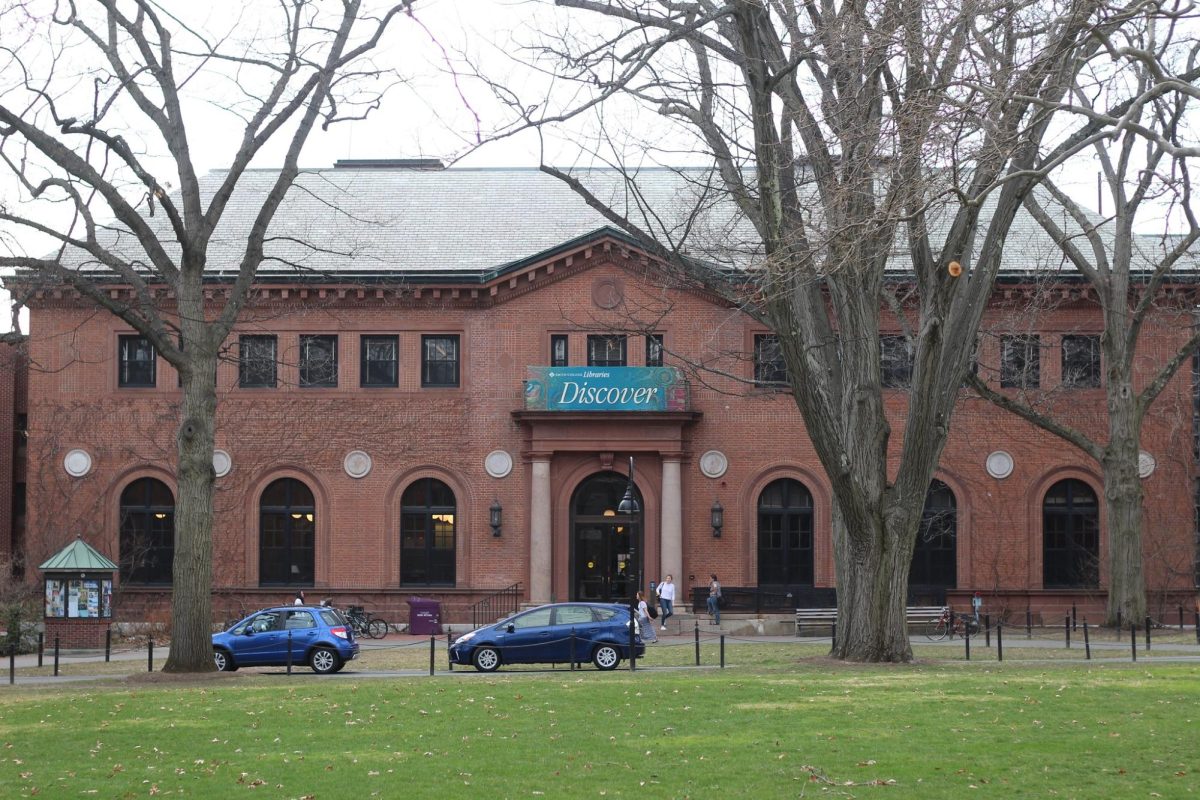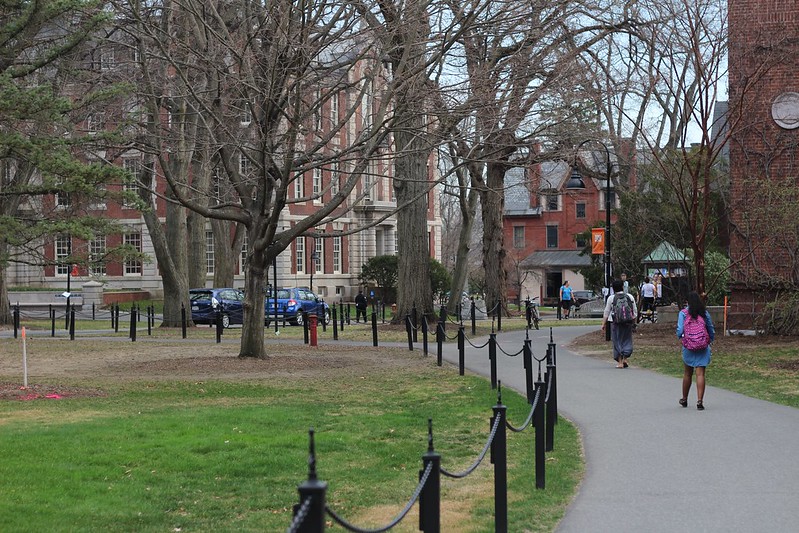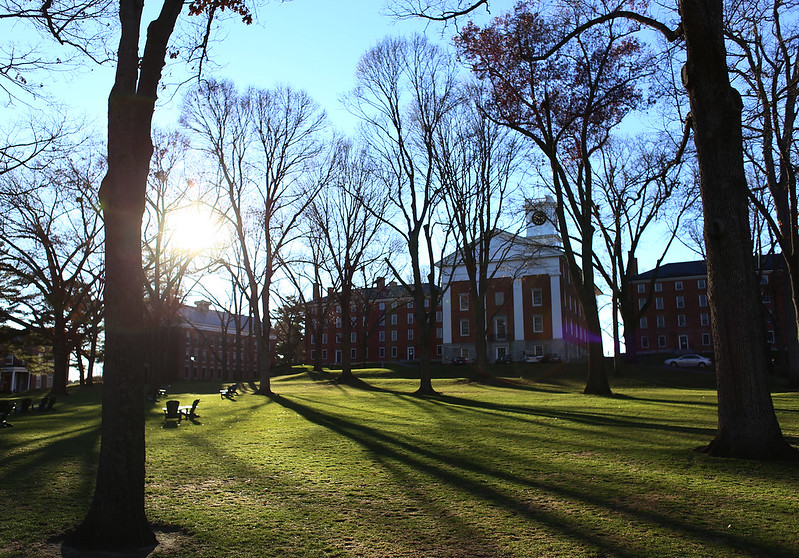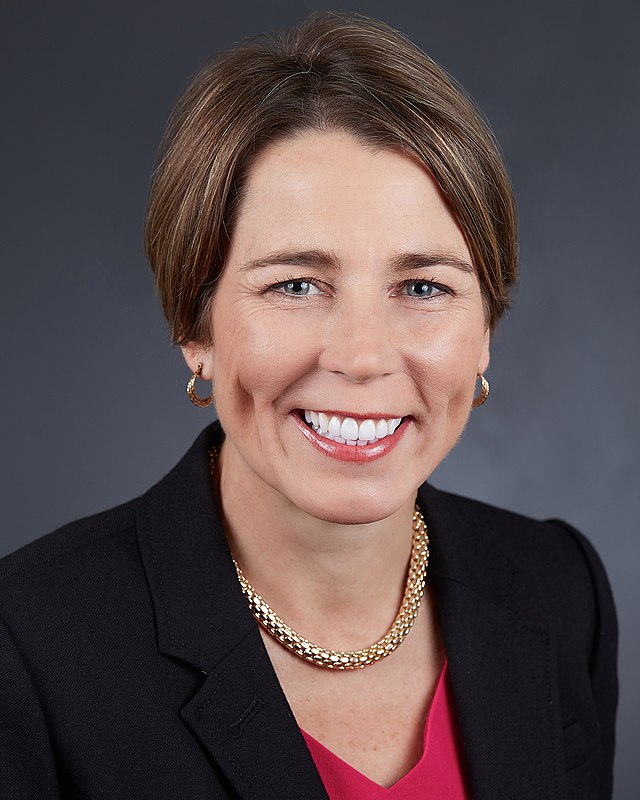
The University of Massachusetts Astronomy Club, currently in its fourth year on campus, aims to not only expand as an organization but also to eventually relocate away from the Orchard Hill Observatory.
Founded in 2011, the club is now made up of about 100 members with a variety of majors. Club president Dylan Pare, who is responsible for organizing general meetings and research talks, helms the club alongside Vice President Benjamin Rizkin and Treasurer Patrick Drew.
Pare, a 20-year-old sophomore astronomy major from Lowell, has been interested in the field since high school. He now works with the department of astronomy’s Professor Grant Wilson and Professor Daniel Wang, researching data processing algorithms and analyzing magnetic fields in other galaxies, respectively.
“We welcome anyone from any major who has an interest in amateur astronomy,” Pare said, encouraging prospective members to come observe planets, galaxies and binary stars. “Even if you haven’t done any astronomy before, just see what it’s all about. It’s a lot of fun and you’ll be able to see a lot of cool space objects.”
Drew operates the Orchard Hill Observatory telescope Thursday nights for weekly open house nights. “I answer attendees’ questions and take requests for objects to look at…I trained all last spring semester and started operating it last fall,” he said.
The dome’s 16-inch primary telescope, along with a few secondary telescopes, is available for use on Saturdays as well, while Pare is in charge of the building. Observations begin after dark and last about two hours, depending on attendance.
Pare hopes to build upon the Astronomy Club by organizing telescope construction and repair workshops for members who own their own telescopes. Although he has yet to finalize the details for this service, Pare said it would be a significant expansion for the club. The club is only able to meet in the observatory if weather permits, however. Cold temperatures often cause the dome to freeze over, which is why Pare is working to install a heating coil around the edge of the building to prevent it from freezing in the future.
Located at the highest point on the UMass campus just past the Orchard Hill residential area, the observatory is surrounded by a mass of trees that significantly reduces visibility from the building’s dome. Pare said the foliage limits the amount of sky that can be seen.
“There has been talk of actually moving the observatory to an open field that would be just north of campus … that would have more open skies, but I’m not exactly sure what’s going on with that,” said Pare, who first heard about this prospect last fall.
If the observatory were to stay in its current location, Pare said he is unsure if the trees around it could be taken down or moved. The building was first constructed in 1965.
Though the RSO is funded by the Student Government Association, Pare said the UMass department of astronomy is “really supportive of the club,” often willing to provide necessary costs for telescope repairs, among other things.
He also said the club is connected with the Five College Consortium, having previously taken field trips to Amherst College and Smith College, which he plans to do again.
Colby Sears can be reached at [email protected].



















David Romashko • Feb 20, 2015 at 5:49 pm
Is the Telescope on the Prescott Peninsula of The Quabbin Reservoir still in operation?